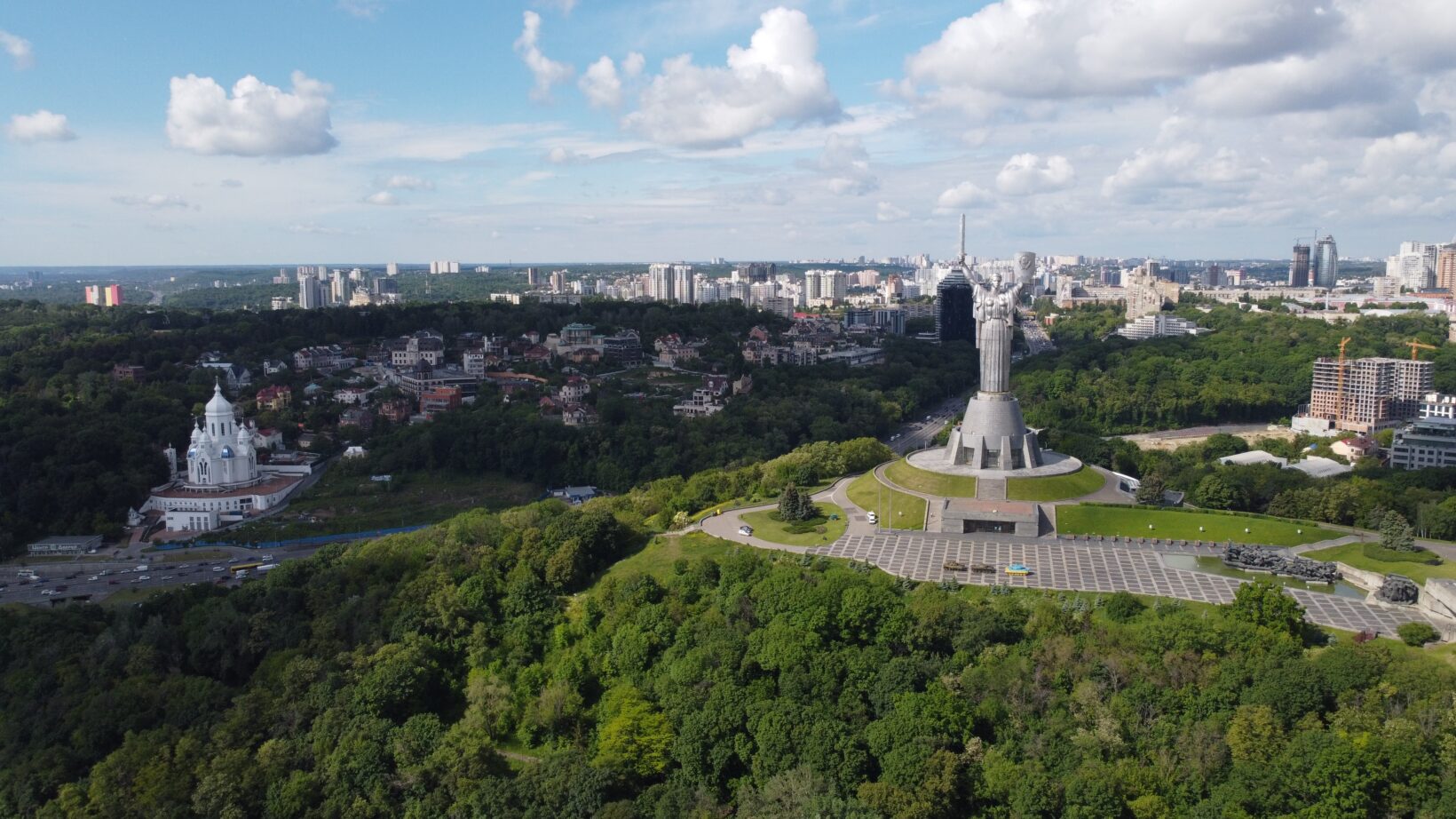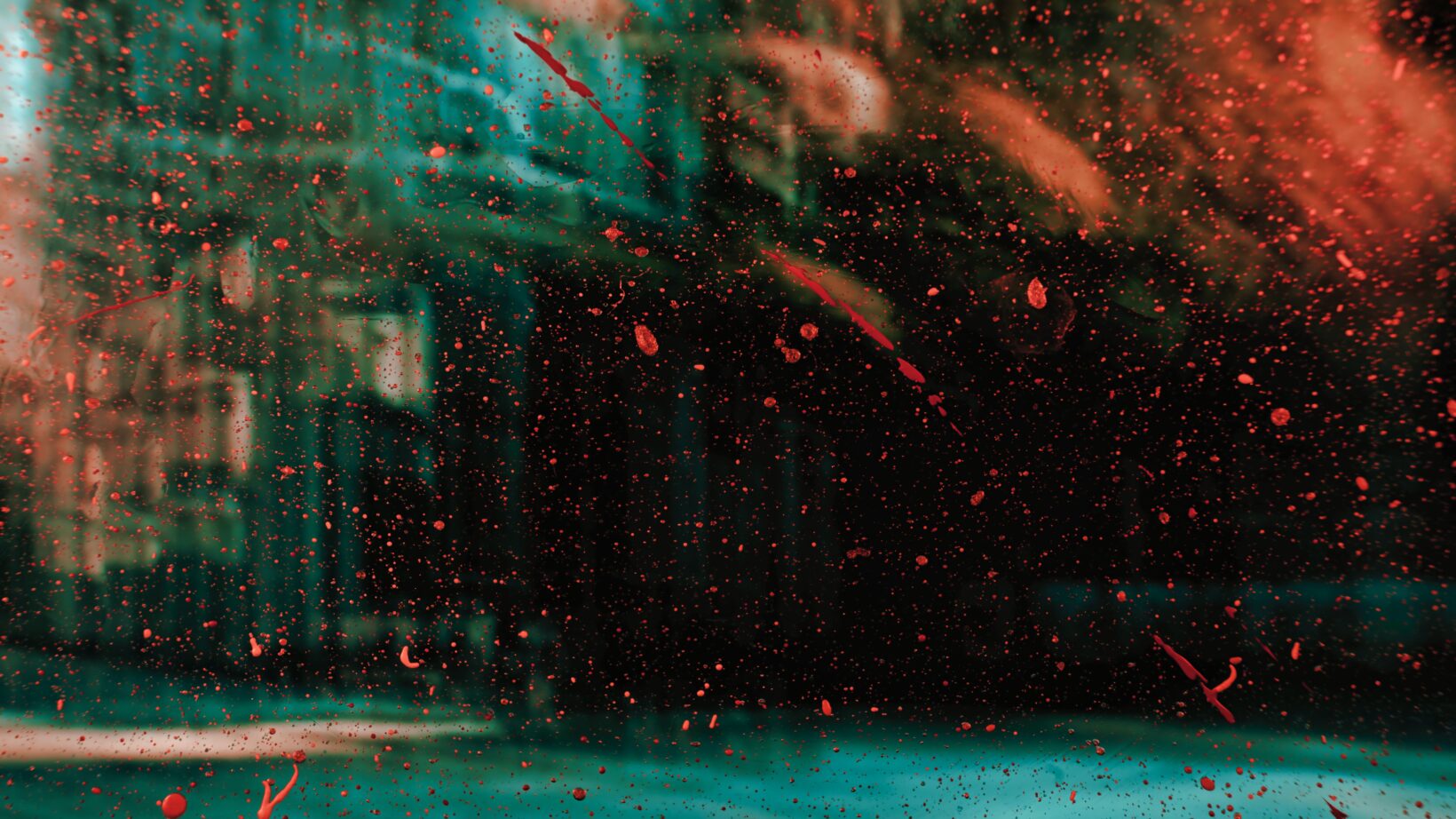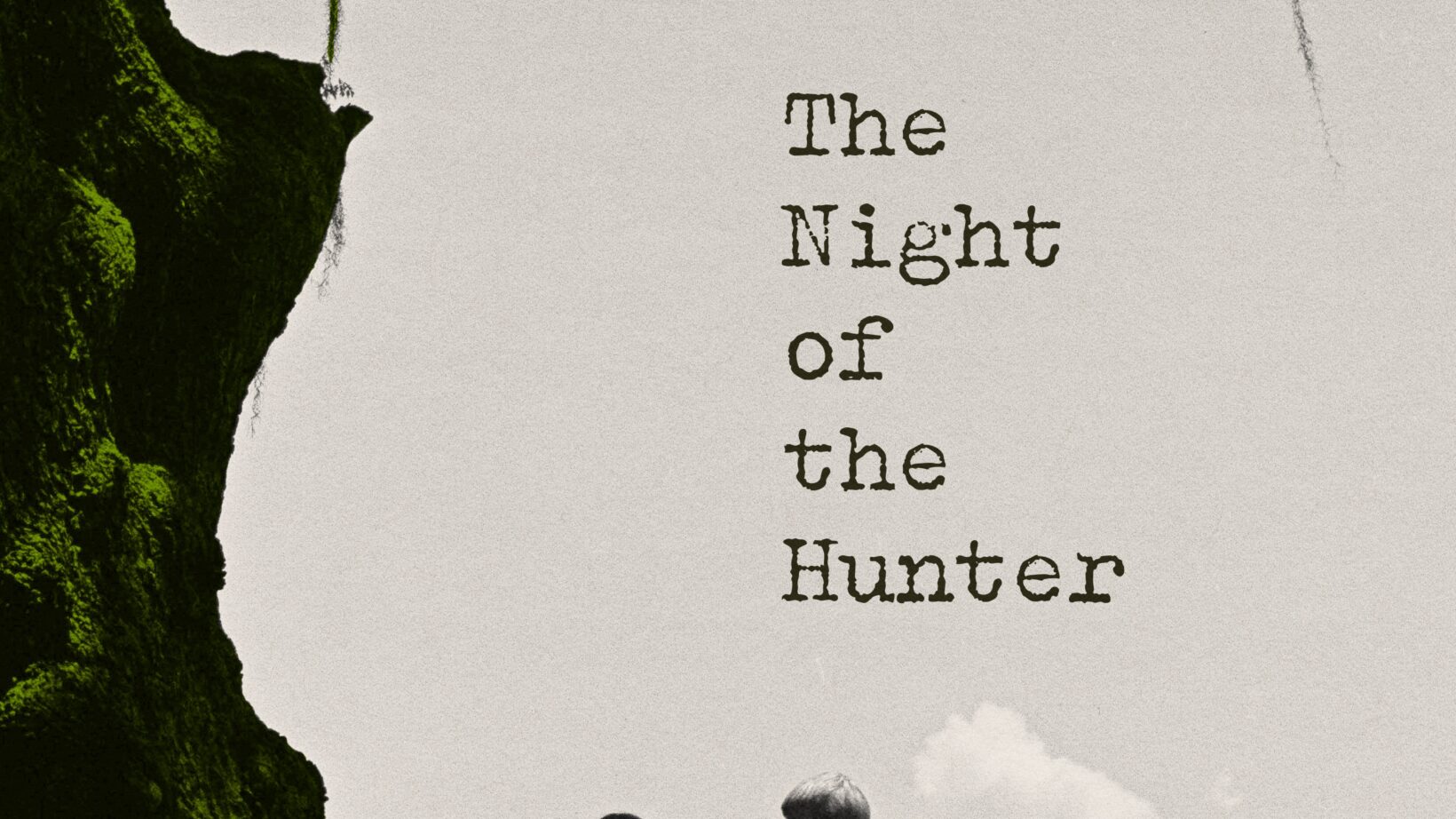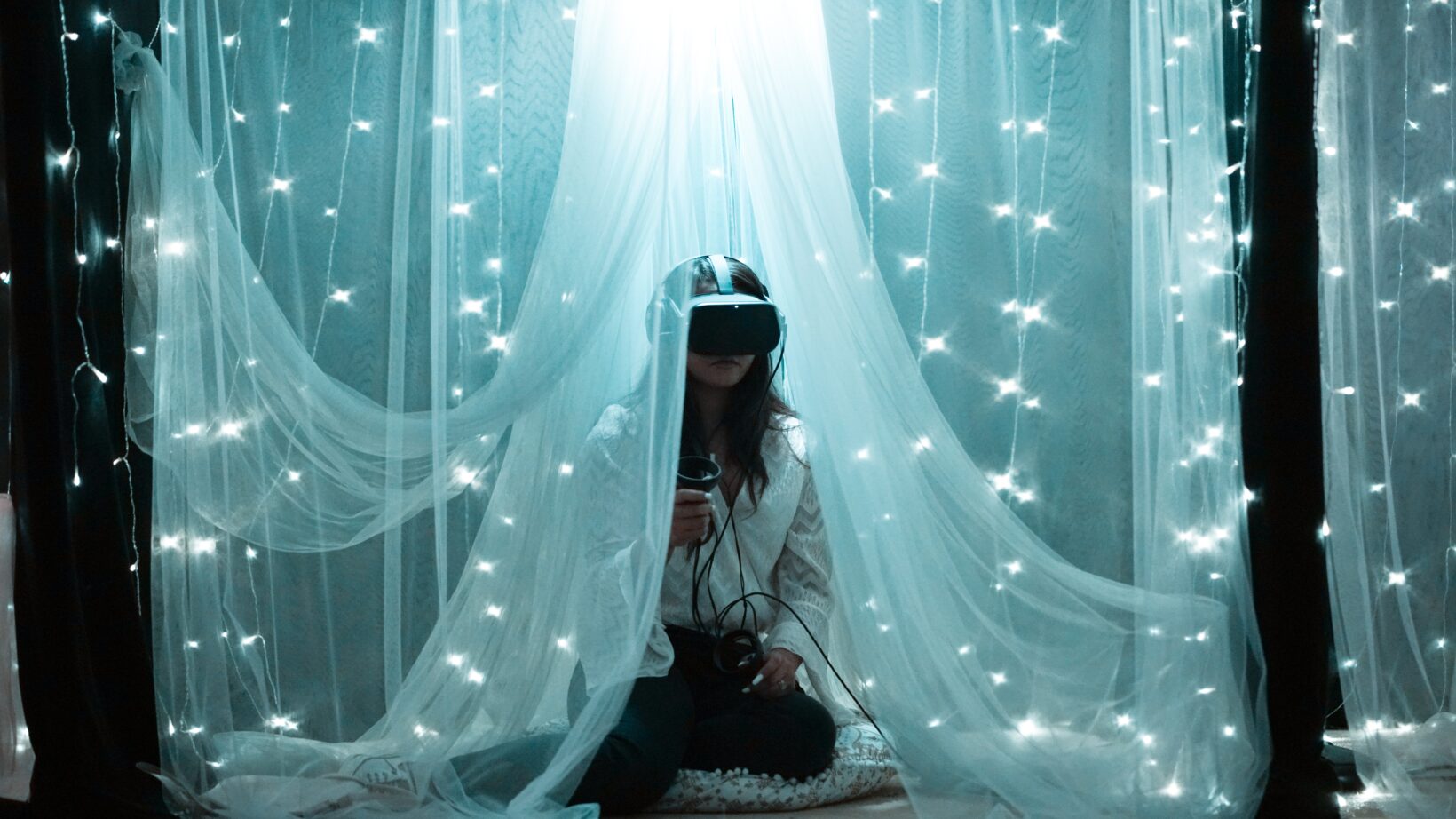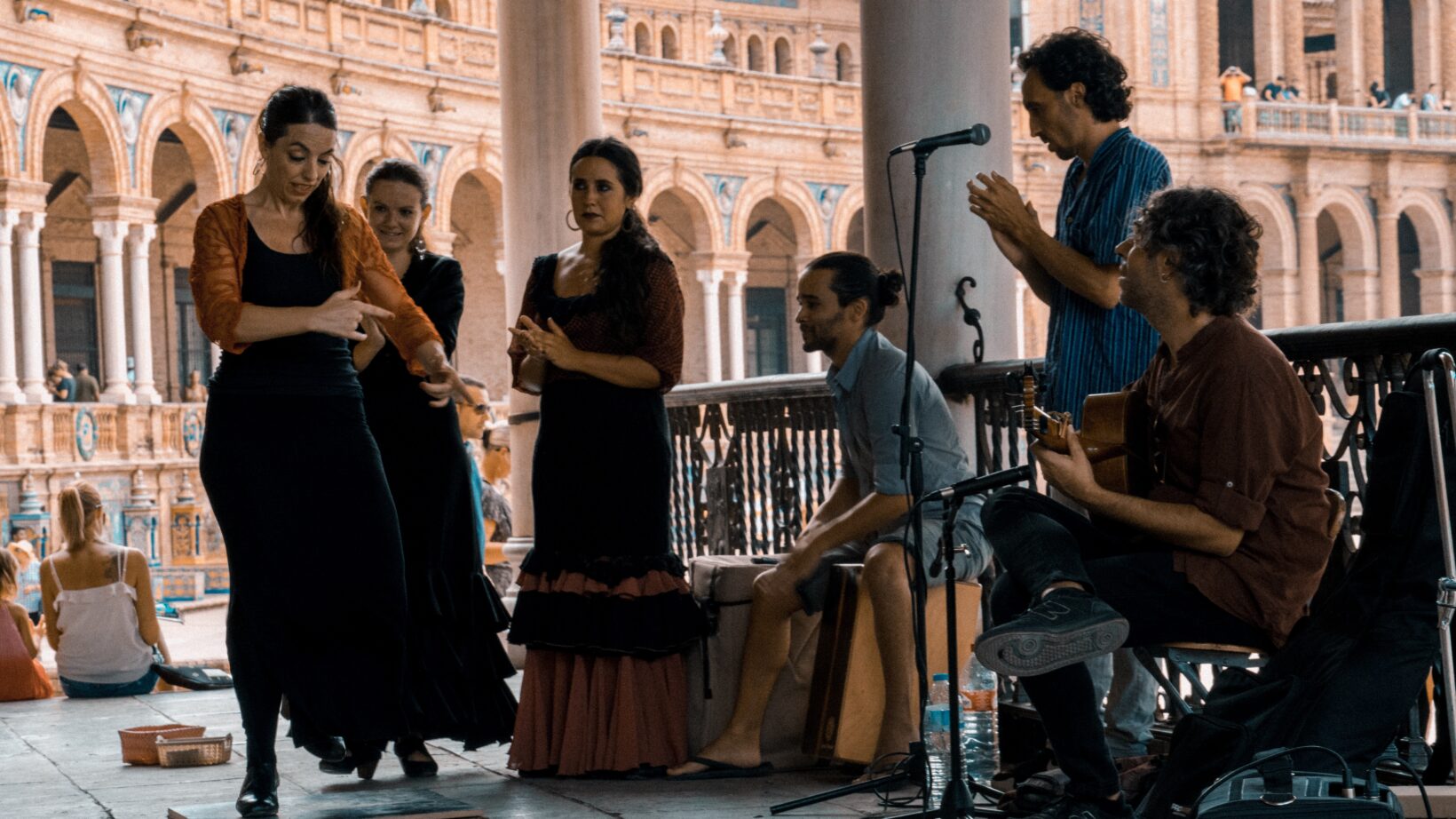The Covid-19 pandemic has emptied public venues and turned stadiums and theatres into haunted buildings – but what happens when life moves back in? A personal account by journalist and author Sam Moore.
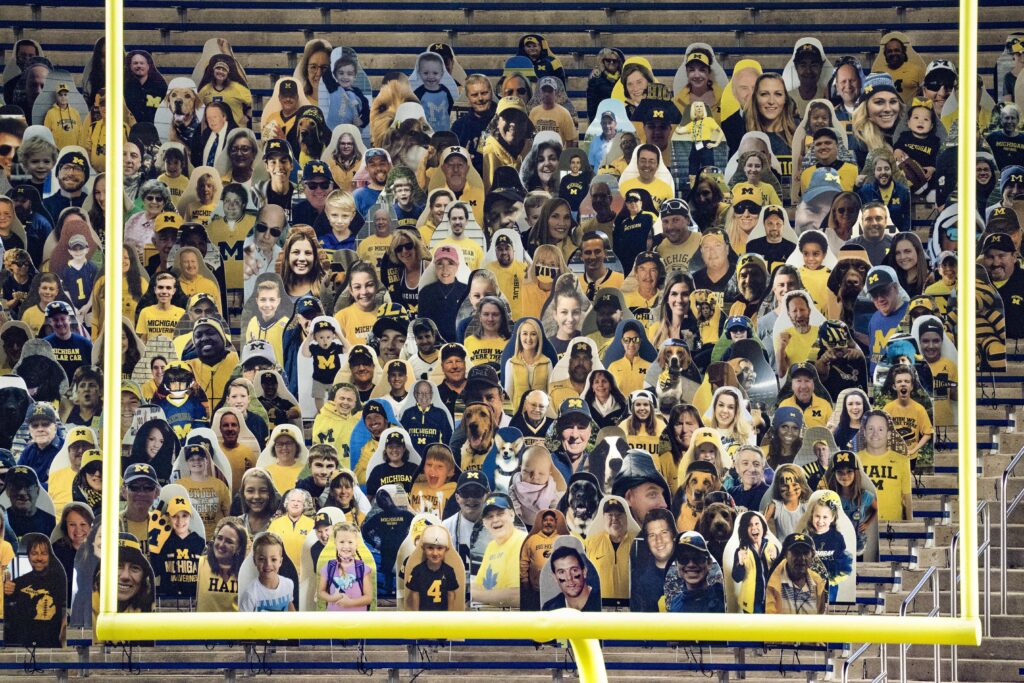
Is it weird looking at the stadium when it’s been empty for so long?” I asked my mum. We were driving away from my grandmother’s house when I noticed the stadium out of the corner of my eye. Ashton Gate Stadium, home of the notoriously underperforming Bristol City Football Club, and the consistently good Bristol Bears rugby team, was rebuilt for the 2016-17 sporting season, around the time I moved away. As a result of the lockdown(s) across the UK, the stadium shut out of concern for public health. 2019 was a big year for Ashton Gate Stadium; as well as two sports teams, there were a series of high-profile gigs, and before it shut down, lots of people I knew in Bristol were talking about the rumours they’d heard about who could be headlining in 2020: Bruce Springsteen, Queen, Taylor Swift. But, like every other stadium across the country, it’s spent most of this year shut down, trapped in a kind of stasis, robbed of its purpose. The stadium is vast, the kind of thing that you can somehow see from most places nearby; it has the character of painting like The Mona Lisa, a presence that seems to follow you around the room. It seems bigger when it’s shut; more vast and cavernous without the footfalls of patrons to bring the building to life.
Since I asked my mum this question, it feels as if everything has changed, but everything’s stayed the same too. Ashton Gate Stadium is open again; I went there for a rugby match on Boxing Day of 2021. I understood the protocol – COVID pass checks on entry, face masks on throughout – more than I understood the sport itself; the nuances of it are lost on me, and it tends to feel like a chaotic, full-contact attempt to get the ball from one end of the pitch to the other.
Going into the stadium for the first time in I-don’t-know-how-long – the strange, fast yet slow nature of the last few years, coupled with the empty, monumental feeling that the building itself took on for most of 2020, and parts of 2021 make the whole thing feel strange and uncanny – carries with it the air of what’s being called the New Normal. The game itself feels normal once you’re sat down, but there’s a precarious air about the whole thing, the feeling that it might be taken away depending on the shape of a graph on a slide for a press conference. Even at the dawn of a new year, these conversations are being had: while stadia are open in London, public events in Scotland – including rugby matches and Hogmanay celebrations – are unable to go ahead.The division between these devolved nations is complicated; one of political will, government ideology, and Lockdown Fatigue, as much as it’s about public health. The government in Westminster has felt the sting of trying to impose further restrictions – including the COVID pass that allowed me to go and see live sport – in a way that the devolved, Scottish government hasn’t.
There’s something about this division, between open and shut, inhabited and empty, even on the same island nation, that reanimates the ghosts that almost took root in these buildings throughout 2020. The ironic fragility of these vast, overbearing buildings has come to the foreground once again as if the heavy sound of footfalls – so alien to them for so long – could be enough to bring them crumbling to the ground.
One of the big questions that seem to surround dramatic rebuilds of stadia, and large pieces of architecture in general, is but what are they for? This question feels like it exists anew, and was, is, being silently asked. All of these giant, multi-purpose venues – those built for football and rugby, live music; complete, sometimes, with office space and sports bars – took on the strange quality of no longer being fit for purpose; their vast, static nature amplified by the fact that the world is changing around them, and they’re unable to change with it. They become liminal, a kind of non-place existing in-between two points of use, two points in time: Before Lockdown. After Lockdown. Now, we might be rushing to define ourselves as living After Lockdown; England made it through Christmas without new restrictions (even as Omicron cases threaten to strain the health service), something that feels like a true step forward after the end of 2020/1 that returned us to the liminal land of lockdowns; we can return to these venues again (presuming we feel safe to do so); but they still feel haunted by the undefinable space in-between these lodestars of Before and After: the lockdown itself.
Throughout the lockdowns of 2020 and 2021, stadia both here and in the U.S., are trying to let people give a piece of themselves to the empty venues that house their hometown teams. In Ashton Gate, some people put cardboard cut-outs of themselves in their season-ticket-seats, a proxy, holding their place in both space and time until they could replace it. In the States, they tried something different; watching the first week of an NFL season hugely defined by Coronavirus (from the changes to injured reserved lists to players being able to withdraw themselves from the league for the year), the NFL—as other professional sports leagues throughout the world—pumped humanity back into the stadiums. Commentary on one of the games that ran on the opening weekend mentioned how the audience noise was going to correspond with certain play types: they’d mimic the sound of crowds so it aligned with third down, field goals, touchdowns, and other big plays. The first thing this brings to mind is a sitcom laugh-track, something that so often gets called the laughter of dead people. These stadiums are becoming, in a way, haunted, with a non-human presence dominating the almost-empty stands.
There’s an idea in Ghosts of My Life, Mark Fisher’s book on hauntology – he describes haunting through lost futures that stay with us – that echoes through these once (and sometimes still) empty places, forcing us to consider how these places, and our existence within them, relates to both the past and the future. Fisher describes this as temporal dislocation, in which the past is simultaneously absent and present. Returning to Ashton Gate Stadium – which spent so much of 2020 defined by the vastness of both its size and emptiness – at the end of 2021 felt like stepping both into, and beyond the past. This New Normal is, if anything, a kind of hauntology; the past of Before Lockdown is both crushingly present, and worryingly absent all at once.
Walking in ruins places us in a strange state of temporal dislocation, in which the past is simultaneously absent and present (Mark Fisher).
These buildings aren’t ruins, not yet, but they do have a strange relationship with time; their past is present – after all, sporting events are still happening at these stadia—but also absent: the audience isn’t there at the same time; a theatre or a stadium without an audience, or a way of being recorded, are the echo of a silent tree falling in the woods. With no one there to hear it, does it make a sound? Sport survived because it could get broadcast, but theatres were shut down: liveness doesn’t get to live without an audience. For stadia, theatres, and film festivals the proliferation of streaming services and the ways in which the internet can act as an archive are forcing people to reckon with the stuck-ness of the buildings themselves; these events are being watched online not out of choice but out of necessity. And American football matches are still filmed the same way; when I would watch football games on NFL Gamepass in 2020, I wouldn’t always notice the emptiness of the stands (audiences weren’t permitted, but players stayed in bubbles so that the football season could go ahead), but whenever a team lines up to take a field goal, and the camera reveals the scores of empty seats beyond the uprights, and disembodied voices cheered in triumph or defeat, it’s difficult to look at these buildings and think of them as anything other than haunted houses.
In early September 2020, I went back to the theatre for the first time in six months, to see two plays in Alan Bennet’s Talking Heads series. My temperature was taken before I went in, and entrance through the front door was staggered so that the foyer wasn’t too crammed with people. The seating was distant, but something like that isn’t unusual from the Bridge, a theatre that seems to change its audience configuration every time a new production opens. After a while, I even forgot about my face mask, and the whole thing felt normal (whatever that means).
Between the two Talking Heads monologues, as ‘The Shrine’ was struck, and ‘Bed Among the Lentils’ was set up, you could see stage-hands, wearing the traditional all-black except for bright blue facemasks, wiping down and disinfecting tables, chairs, and cutlery. Even when they’re open, these spaces are defined by the thing that casts the shadow of emptiness and obsolescence over them. The venues most under threat from this lockdown-related obsolescence aren’t theatres or sports stadia; they could never really operate in a different, mediated context. While the streaming of old productions by venues like the National Theatre is a necessary and vital response to the venue being closed, theatre as a form needs an audience in the room, real people in the crowd to respond to the real people up on stage. This relationship between performance and audience isn’t the same when it comes to cinemas, which present a kind of art that’s already mediated by cameras, editing, and projection.
Over a year later, I saw The Normal Heart at The National Theatre, a play preoccupied with the dawn of an epidemic, and the huge human cost that came with it. This time, they didn’t take my temperature; the seating was less staggered. I wore a mask throughout the performance. The first young man dies early on in The Normal Heart, and he proceeds to haunt the stage; somewhere between an angel and a ghost. He carries with him all the possible futures that fade away when someone dies young. He’s the ghost of a pandemic that’s not yet passed. The experience of seeing The Normal Heart felt rooted in the idea of Before Lockdown; it was grounded in the present by the mask I was wearing, and by the history that was repeating itself on stage. Since then, as a new variant took hold at the end of 2021, the performance of Cabaret I was supposed to see in December was cancelled. There’s something about this ebbing and flowing – it’s no wonder lockdowns and variant spikes are called waves – between the idea of being Before and After Lockdown, that makes time itself feel strange and malleable, and the buildings that were once so commonplace and immovable, feel fragile, ethereal.
These buildings are, in a way, moving; integrating themselves into the domestic sphere, even if that means their old presence potentially fading away. Over the last few years have seen the term home cinema take on a whole new meaning; before, it used to mean big TVs and elaborate sound setups, but now, the very act of going to the cinema to watch something new is being replaced. Original films by streaming giants were the first in what has become a domino effect of change, and the ways in which distribution companies have responded to lockdowns is to make things readily available on-demand when they’d initially have opened in cinemas. The exception to this rule, even as other blockbusters like Wonder Woman 1984 move to a planned streaming release, is No Time to Die, a film that, like Tenet before is being forced to carry the entire industry on its macho, tentpole-like shoulders. No Time to Die is expected to save cinemas, to bring people flocking back into their embrace. Bond might have saved the world, but he didn’t quite save the movies. Instead, he showed us how the movies have changed. 2021 ended with two different kinds of major films coming out: Steven Spielberg’s West Side Story, and the latest entry in the MCU behemoth, Spider-Man: No Way Home. The former is looking like a box office flop, while the latter saw people returning to the big screen in droves. No Way Home asks its audience to have seen not only all of Tom Holland’s outing as Spider-Man, but also of the Spider-Men before him. The past is at once present and absent in both Marvel’s New York City, and the cinemas that seem to remain empty until another super-powered title character flies in to try and save them.
I remember a cinema that I used to go to with my grandparents. It never used to be all that busy, and the building itself felt like a relic; from the way the titles looked on the marquee outside, to the large cardboard-cutout-style posters for coming attractions. As time went by, the building got emptier and emptier whenever we went, and we would go there less and less (although these two things weren’t connected). Years later, I’d go there for free preview screenings of arthouse films like We Need to Talk About Kevin, Melancholia, and Louder than Bombs. The latter had an audience of two: me and my brother. We didn’t treat it like watching a film at home; the cinema as a building still has a specific meaning loaded into it, as if it were part of the foundation that kept the place standing; the relationship between the viewer and what’s on screen, the expectation of silence, of sitting up and paying attention. Watching films at home, even if it’s for a film festival, or simultaneously with a cinematic release, it’s difficult to watch them in the same way; the experience is different, you’re more likely to check emails, reply to texts, or roll your eyes at Twitter. There’s something about the cinema as a building – like there is with a theatre or a stadium – that causes you to focus, allowing you togive yourself over to the images unfolding before your eyes. When you go to the cinema, you’re also going to all of the other worlds that it offers. But without those films being projected, all that’s left are empty rooms, liminal by design, defined by the nothingness that’s now on their screens.
The New Normal still doesn’t feel quite normal; the buildings that defined so much shared experience still feel solitary; theatres dimming their lights while the rest of the world carries on as (ab)normal. These buildings – cinema, stadia, those precarious theatres – unsure of what to do with the fact that they’re no longer empty, after spending almost two years with sound being piped into the speakers by way of the past; our buildings, our art, so much is being overwhelmed by ghosts, and this still isn’t normal. It’s no wonder that one of the first films to respond explicitly to a climate of working from home, webcam meetings, and not going out, was Host (Rob Savage, 2020), a horror film set on Zoom about a séance gone awry. Of course, this film about a mediated, liminal kind of connection, is about ghosts. It makes sense that it would be a ghost story, an echo of the modernism of cinemas past, and the uncanniness of its present. The film became a microcosm of its industry, just like the empty cinemas that James Bond couldn’t rescue; an extended intermission, met with silence even as the same question is being asked, echoing through these buildings, and through the infrastructure of the industries themselves: what are they for?
Sam is a writer, and one of the founding editors of Third Way Press. Their writing on culture and identity has been published by Frieze, the LA Review of Books, Neotext, and other places. They have written two books, All my teachers died of AIDS (Pilot Press, 2020), and Long live the new flesh (Polari Press, 2022)
